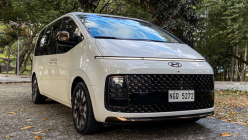Hyundai Motor Philippines Inc. (HMPH) wants to further boost the Department of Science and Technology - Science and Technology Information Institute’s (DOST-STII) projects and initiatives. To do just that, the Korean car brand officially turned over three Hyundai Staria Commuter units to the DOST-STII.
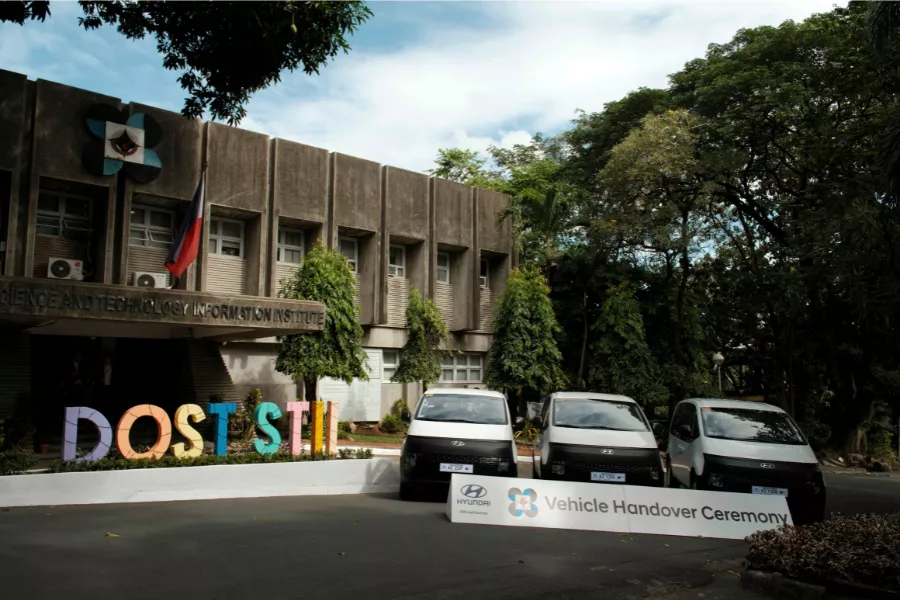 Hyundai Motor Philippines hands over three Staria units to DOST
Hyundai Motor Philippines hands over three Staria units to DOST
The three Hyundai Staria units will be utilized for the DOST-STII’s pioneering project, the Science and Technology Academic and Research-Based Openly Operated KioskS (STARBOOKS). It will also serve as a mobility solution for the DOST-STII’s award-winning broadcast platform dubbed DOSTv: Science for the People.
STARBOOKS is DOST-STII’s project that was launched back in 2011, debuting at the Regional Invention Contests and Exhibits in Davao City. It is a stand-alone pod that serves as an interactive information hub with resources related to science, technology, engineering, and mathematics (STEM).
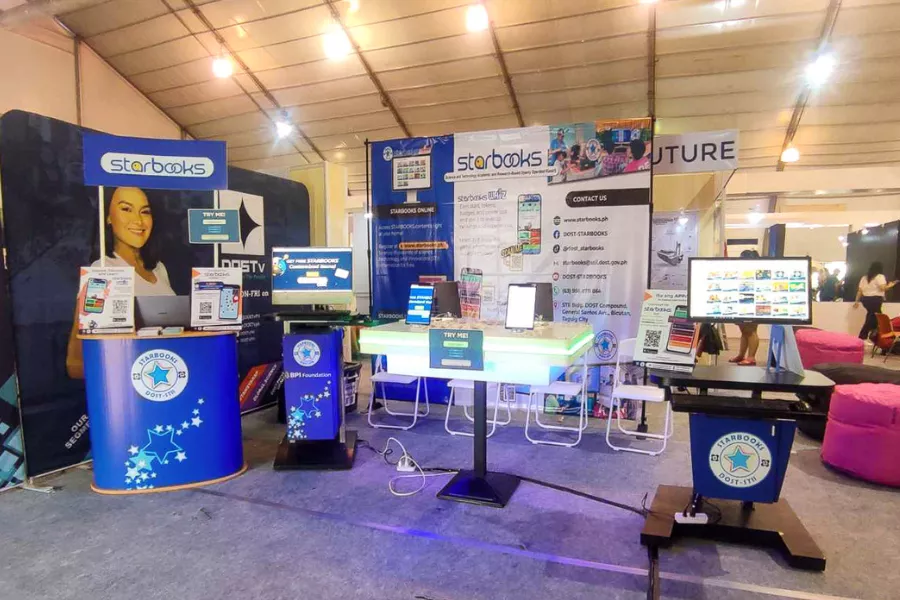 STARBOOKS [photo: DOST-STII]
STARBOOKS [photo: DOST-STII]
STARBOOKS also provides educational institutions, local government units (LGUs), and even non-government organizations (NGOs) with a comprehensive digital library in various formats from text, video, and audio.
With the Hyundai Staria, the DOST-STII can transport the STARBOOKS stand-alone pod in different places efficiently, especially when deployment poses some challenges due to different types of terrain and unpredictable road conditions.
On the other hand, the DOSTv started airing in 2016 as an online-only weather and SciTech channel. The DOSTv is now also a television program on PTV-4 and CNN Philippines. It features segments such as ExperTalk, Lakas ng Siyensya, and Balitang RapiDOST.
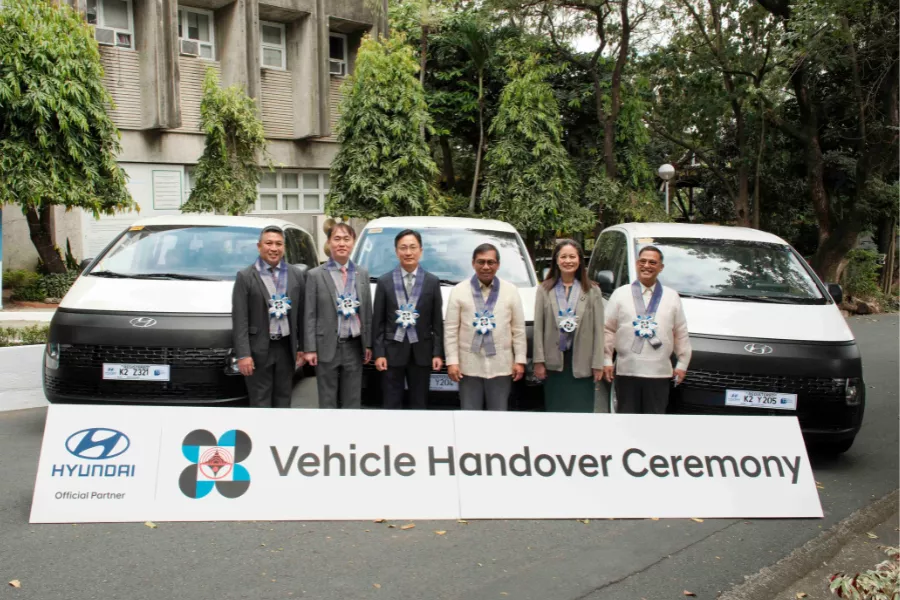 The Hyundai Staria is equipped with a 2.2-liter turbodiesel engine
The Hyundai Staria is equipped with a 2.2-liter turbodiesel engine
DOSTv also provides public service bulletins from the Philippine Atmospheric, Geophysical and Astronomical Services Administration (PAG-ASA) and the Philippine Institute of Volcanology and Seismology (PHILVOLCS).
The Hyundai Staria will also be of service to the DOSTv production team that travels vast distances visiting and covering far-flung cities.
“We are glad to have been given the opportunity to contribute towards the causes of STARBOOKS and DOSTv. Their missions closely resonate with ours. Rest assured that our Hyundai Staria shall be a reliable steed on your journeys,” said HMPH president Dong Wook Lee.
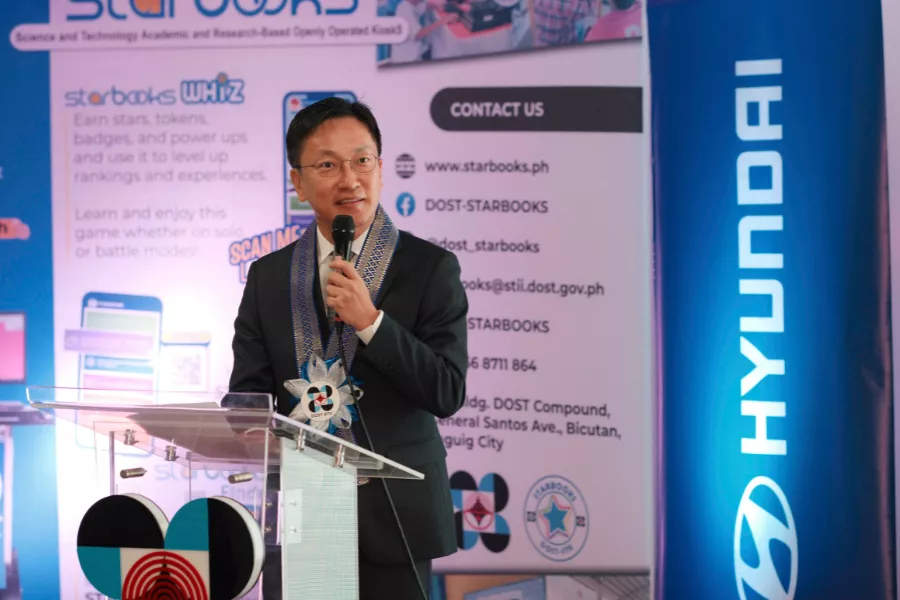 Hyundai Motor Philippines president Dong Wook Lee
Hyundai Motor Philippines president Dong Wook Lee
The Hyundai Staria Commuter is equipped with a 2.2-liter turbodiesel engine, which is the standard engine among Staria variants in the Philippines. The said power unit delivers 175 horsepower and 430 Nm of torque. The Staria Commuter comes with a six-speed manual transmission and an 11-seater capacity.
Visit Philkotse.com to get more automotive news.
Know more about Hyundai Staria 2026

The Hyundai Staria is an MPV available in a cargo version, an 11-seater variant, a nine-seater, or a seven-seater version. Locally, this model has five different variants. There’s the Cargo MT, Commuter MT, GLS+ AT, Premium+ AT AWD nine-seater, and the Premium+ AT AWD seven-seater. Their prices then range from Php 1,560,000 to Php 3,090,000.
Under the hood of the Staria is a 2.2-liter turbodiesel engine that produces up to 173 horsepower and 430 Nm of torque. It is then paired with an eight-speed automatic gearbox or a six-speed manual transmission. The Premium+ trims are the only ones that have all-wheel-drive.
Size-wise, this subcompact is 5,253mm long, 1,970mm wide, and 1,990mm in height. It also has a wheelbase length of 3,273mm, and it has a ground clearance of 186mm.
Locally, the Staria competes against the Toyota Hiace and the Kia Carnival.
>>> New and used Hyundai Staria 2025 for sale in the Philippines
Hyundai Staria Launch
The 2025 Staria was officially launched along with the re-entry of Hyundai into the Philippine market. Of note, it is now under the management of Hyundai Motor Philippines Inc.
As of launch, the Staria has four variants. There’s the Cargo 2.2 CRDi MT, Commuter 2.2 CRDi MT, GLS+ 2.2 CRDi AT, and the Premium+ 2.2 CRDi AT. The nine-seater version of the Premium+ was then added to the variant roster in 2025.
Hyundai Staria Exterior

The top-spec Staria comes kitted out with dual LED headlamps as well as daytime running headlamps. It also gets LED taillights, a sunroof, power-folding side mirrors, a power tailgate, as well as a rear spoiler.
It then rides on a set of 18-inch alloy wheels.
Hyundai Staria Interior
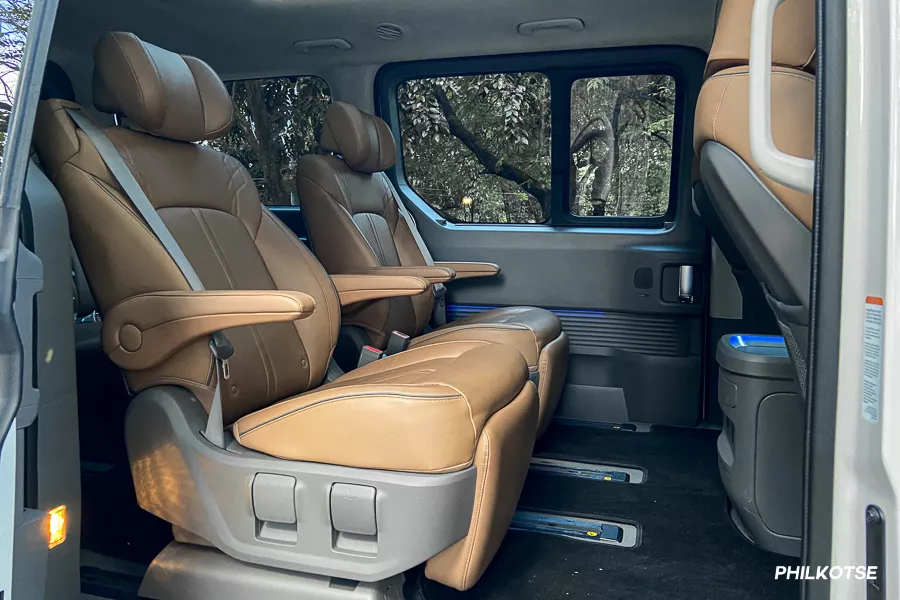
Depending on the variant, the Staria gets nappa leather seats, and power adjustability for the front cabin seats. The second row can also be reclined.
Occupants are then kept comfortable with automatic climate control, while the driver is provided with an electrochromic rearview mirror, a push-to-start button, as well as a 10.25-inch TFT LCD gauge cluster.
Technology & Safety Features
The higher-spec trims of the Staria are equipped with an eight-inch touchscreen with Apple CarPlay and Android Auto. These can accept voice commands, and it is linked to a BOSE speaker system. A wireless charging pad is also present.
Handling safety for the top-spec variant of this model are dual front airbags, side airbags, curtain airbags, electronic stability control, anti-lock braking with multi-collision brake, hill-start assist, lane keep assist, forward collision avoidance assist, tire pressure monitoring, parking distance warning, and a 360-degree view monitor. It also comes with cruise control, which is adaptive for the Premium+.
Hyundai Staria Chassis
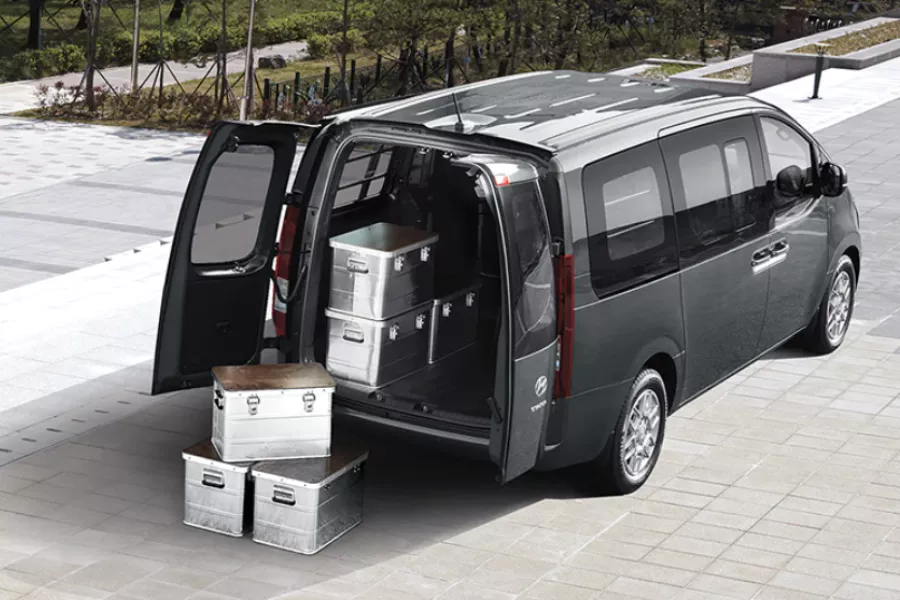
The Staria Philippines uses a MacPherson strut for the front and a Coil-spring-type suspension for the rear. The Cargo is the only trim that comes with leaf springs for the rear.
Braking for this model is handled by disc brakes. Only the top-spec Premium+ and GLS+ get an electronic parking brake.
Hyundai Staria Engine
Powering the Hyundai Staria 2025 is a 2.2-liter CRDi (turbodiesel) engine. At the most, this mill can dish out 173 horsepower and 431 Nm of torque. Depending on the trim, it either gets a six-speed manual gearbox, or an eight-speed automatic gearbox.
Only the top-spec trim is all-wheel-drive. The rest on the other hand are front-wheel-drive.
Hyundai Staria 2025 Price List
| Variants | Price |
|---|---|
| Hyundai Staria 2.2 CRDi Cargo 6MT | ₱1,560,000 |
| Hyundai Staria 2.2 CRDi Commuter 6MT | ₱1,850,000 |
| Hyundai Staria 2.2 CRDi GLS+ 8AT | ₱2,320,000 |
| Hyundai Staria 2.2 CRDi Premium+ 8AT AWD 9-Seater | ₱2,830,000 |
| Hyundai Staria 2.2 CRDi Premium+ 8AT AWD 7-Seater | ₱3,030,000 |
₱ 1,560,000 - ₱ 3,030,000
ExploreRecent posts
- Hyundai Creta genuine accessories Philippines Dec 14, 2023
- all new Hyundai Santa Fe to debut in Philippines q1 2024 Dec 14, 2023
- hyundai motor Philippines free 23 point car checkup Dec 11, 2023
- stargazer creta payment plans Hyundai finance Nov 29, 2023





